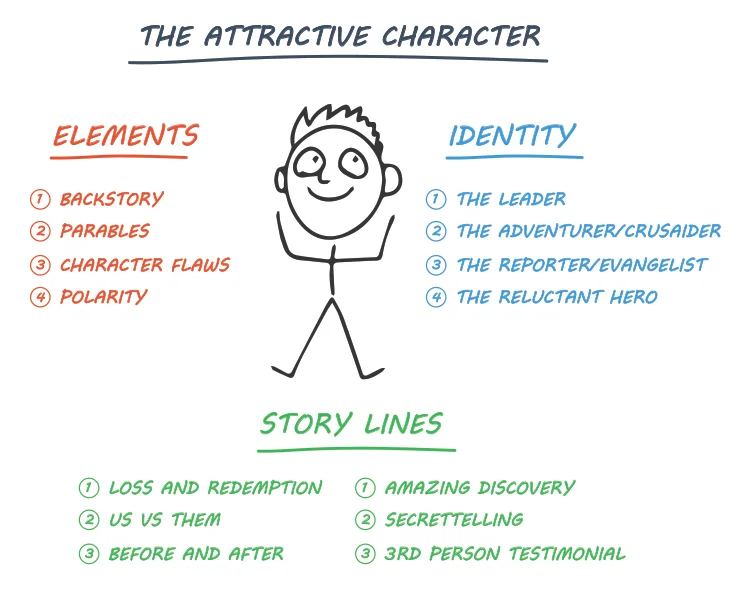Elizabeth Line: Gaps In Accessibility For Wheelchair Users And How To Bridge Them

Table of Contents
Challenges Faced by Wheelchair Users on the Elizabeth Line
Navigating the Elizabeth Line presents various obstacles for wheelchair users. These challenges span station infrastructure, train design, and the availability of clear, accessible information.
Navigating Stations
Many Elizabeth Line stations, despite their modern design, still present significant accessibility barriers. Specific issues include:
- Insufficient ramps: Some stations rely heavily on lifts, creating significant delays and vulnerability in case of lift malfunctions. A greater number of ramps and alternative access routes are needed.
- Narrow platforms: The width of platforms at several stations is insufficient for comfortable wheelchair navigation, particularly during peak hours.
- Lack of step-free access: While many stations boast step-free access, inconsistencies exist, leaving some stations inaccessible to wheelchair users without significant detours.
- Inconsistent signage: Signage indicating accessible routes is often unclear, inconsistent, or entirely absent, leading to confusion and frustration.
- Problems with lifts: Lift breakdowns are a frequent occurrence, leaving wheelchair users stranded and unable to complete their journeys. For example, reports of prolonged lift outages at Canary Wharf and Tottenham Court Road stations have been widely documented.
User testimonials highlight the stress and anxiety caused by these issues. One wheelchair user reported being forced to miss a vital appointment due to a lift malfunction at Paddington station. This highlights the urgent need for improved Elizabeth Line station accessibility and reliable step-free access solutions.
Train Accessibility
Even when wheelchair users manage to access the stations, challenges persist on the trains themselves:
- Limited wheelchair spaces: The number of designated wheelchair spaces on many Elizabeth Line trains is inadequate, particularly during peak travel times.
- Difficulty boarding/disembarking: The gap between the train and the platform can be challenging for wheelchair users to navigate safely, especially without assistance.
- Insufficient space for attendants/mobility aids: The space allocated for wheelchair users often doesn't accommodate personal assistants or larger mobility aids.
The design of the train carriages themselves contributes to these difficulties. Improved design considerations are needed to ensure safer and easier boarding, including level boarding and more spacious wheelchair areas. The lack of sufficient wheelchair spaces on the Elizabeth Line needs immediate attention, impacting the Elizabeth Line train accessibility for wheelchair users.
Information and Communication Gaps
Real-time information about accessibility is often lacking or inaccessible to wheelchair users. This leads to significant inconvenience and uncertainty:
- Lack of accessible real-time updates on lift/escalator outages: Wheelchair users need proactive, reliable updates on any disruptions to lift or escalator services.
- Unclear information on accessibility features: Information regarding the accessibility features of individual stations and trains is not always easily found or readily understandable.
Improved communication channels, including accessible apps and websites with real-time updates and clear, concise accessibility information, are crucial for enhancing Elizabeth Line accessibility information.
Potential Solutions and Improvements
Addressing the accessibility gaps on the Elizabeth Line requires a multi-faceted approach involving technological advancements, infrastructure upgrades, and comprehensive staff training.
Technological Solutions
Technology can play a significant role in enhancing Elizabeth Line accessibility:
- Improved lift maintenance systems: Predictive maintenance and real-time monitoring systems can reduce lift breakdowns and improve reliability.
- Smart apps providing real-time accessibility updates: A dedicated app could provide real-time information on lift availability, platform crowding, and any accessibility-related disruptions.
- Assistive technologies integrated into the system: Integration of wayfinding technologies and audio guidance systems can assist wheelchair users in navigating stations and trains more independently.
Infrastructure Improvements
Significant infrastructure upgrades are also necessary:
- Widening platforms: Increasing the width of platforms at key stations will improve navigation for wheelchair users, particularly during peak hours.
- Installing more lifts and ramps: Additional lifts and ramps will reduce reliance on single points of access and alleviate congestion.
- Improved signage and wayfinding: Clear, consistent, and multi-lingual signage will ensure wheelchair users can navigate stations confidently.
Staff Training and Awareness
Investing in staff training is paramount for improving the Elizabeth Line experience for wheelchair users:
- Providing assistance with boarding: Staff should be trained to provide assistance with boarding and disembarking for wheelchair users.
- Handling emergencies: Staff should be equipped to handle emergencies and provide support to wheelchair users in case of lift malfunctions or other disruptions.
- Providing accurate information: Staff should be knowledgeable about accessibility features and able to provide accurate and up-to-date information to wheelchair users.
Conclusion
The Elizabeth Line, while a significant advancement in London's transport network, falls short in providing equitable access for wheelchair users. The challenges identified—including insufficient ramps, limited wheelchair spaces, unreliable lifts, and inadequate information—severely impact the ability of wheelchair users to utilize this vital transport link. Addressing these gaps requires a comprehensive approach encompassing technological solutions, infrastructure improvements, and extensive staff training focused on disability awareness. Let's work together to make the Elizabeth Line fully accessible for all. Contact TfL and demand improvements to Elizabeth Line wheelchair accessibility today!

Featured Posts
-
 Ocasio Cortez Calls Out Fox News Hosts Trump Defense
May 10, 2025
Ocasio Cortez Calls Out Fox News Hosts Trump Defense
May 10, 2025 -
 How Luis Enrique Reshaped Paris Saint Germain To Secure Victory
May 10, 2025
How Luis Enrique Reshaped Paris Saint Germain To Secure Victory
May 10, 2025 -
 Analysis Space Xs 43 Billion Advantage Over Musks Tesla Holdings
May 10, 2025
Analysis Space Xs 43 Billion Advantage Over Musks Tesla Holdings
May 10, 2025 -
 Municipales Dijon 2026 L Enjeu Ecologique
May 10, 2025
Municipales Dijon 2026 L Enjeu Ecologique
May 10, 2025 -
 3e Ligne De Tramway A Dijon Concertation Achevee Projet Adopte
May 10, 2025
3e Ligne De Tramway A Dijon Concertation Achevee Projet Adopte
May 10, 2025
